[soundslides width=”620″ height =”533″ id=”2685″]
Here is the third of three installments.
The marginalization of the subject of police brutality cannot remain in the dark any longer. This kind of spontaneous democratic community action needs to become a mainstay of U.S. and global culture, and that is exactly what Jill Stein was trying to hammer in earlier that day. To criminalize such action is absolutely absurd, especially in a country that gallantly prides itself on an abundance of freedom and liberty. The ways in which political culture, media advertisement, and national police forces comply with each other’s twisted psychology needs to be suppressed from every possible angle, especially including those spheres of society. The last bastion of course is the security forces of the corporate state. Without the cooperation of entire communities, such change won’t come fast enough. And if it is the “brotherhood” of the police force that truly sets this low moral code, then maybe it is this problem that needs to be addressed, rather than what Occupy’s demands and goals are.
At this point I think the message of inequality has become at least mildly understood in most households, even the White House. But at this juncture people are too afraid to express themselves politically. I would like to think that the inhumane scene I witnessed was not in vain. In a weird way, many have said the brutality police have delivered has only brought Occupy more attention, but there must be a line drawn at some point. We saw that line clearly crossed when projectiles briefly rendered a young Iraq war veteran in Oakland, California, at risk of brain damage last November. Thankfully he is okay now.
Now, as FBI agents are using radical individuals’ vulnerabilities to lure them into sting “terrorist” plots (and have been for at least the past decade), so too are police forces being trained to see violence before it happens, in order to maintain “peace and order.” It’s not too much of a stretch to think to the incorrect gestures that lead to innocent urban youths being murdered at their doorsteps by preemptive police actions. The constant need to use quotations in this discussion is most evident in the Orwellian definitions of nonviolence and civil disobedience being provided by departments involved with the more active occupations around the country, all generally holding that participants are not being nonviolent in the historic sense, and are actively violent by linking arms, or not leaving an area (even when unbeknownst to that individual). By this logic, Red became a violent individual simply by taking the lead, and a direct threat once she reacted to being controlled. War is Peace, Freedom is Slavery, and Strength Is Ignorance. You’re much better off just sitting at home and watching some mindless reality show.
The power of the state is becoming frighteningly high-tech, as seen with the retina scans, and has also become more privatized, seen in the more widespread use of private prisons, and even the private security sometimes used at Occupy events. I don’t think I’m overstating the situation when I say it is fascist in an underhanded way (in the way that the NDAA provisions claiming power to hold domestic terrorists without trial is over-handedly authoritarian). This is proven through the training, tactics, and strategies heralded by the higher-ups in the NYPD, and how they are directly suppressing large shows of democratic action, all on charges that are at once laughable and dystopian in comparison to countless acts of brutality committed by police across the country. Considering all this, Occupy still mobilizes an incredibly large base, the likes of which in NYC is still around roughly 50,000 occasionally active members, based on my own experience and estimates. The interpersonal politics that this movement has popularized is now familiar with hundreds of thousands, maybe even millions across the world now.
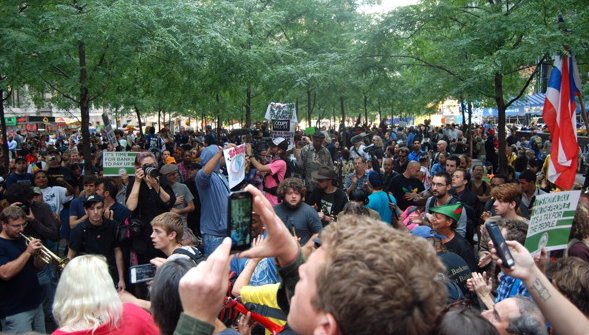 Occupy’s evolutionary timeline is at a crossroads, and certainly not its first. With a year gone there are clear triumphs and pitfalls, but surely some indication as to which direction to go is evident. Large-scale direct actions – seen in the still-occupied farms in California and yet to be foreclosed houses in Minnesota – organized around a more regional anti-corporate platform, combined with more frequent pop-up days of democratic action accessible to working class families, and designed around building communities might be one way to move forward. In terms of immediate policy relief, the Community Safety Act is being proposed, alongside the work of the Protest and Assembly Rights Project. What the act would do relates to stop-and-frisk as well as protest or assembly situations – it would ban profiling as a basis of engagement, necessitate proof of consent by a citizen to be searched, require for officers to identify and explain themselves when detaining someone – this law exists in AK, MN, and CO; there are exceptions under it – and perhaps most importantly, would establish an NYPD Inspector Generals Office with critical subpoena power.
Occupy’s evolutionary timeline is at a crossroads, and certainly not its first. With a year gone there are clear triumphs and pitfalls, but surely some indication as to which direction to go is evident. Large-scale direct actions – seen in the still-occupied farms in California and yet to be foreclosed houses in Minnesota – organized around a more regional anti-corporate platform, combined with more frequent pop-up days of democratic action accessible to working class families, and designed around building communities might be one way to move forward. In terms of immediate policy relief, the Community Safety Act is being proposed, alongside the work of the Protest and Assembly Rights Project. What the act would do relates to stop-and-frisk as well as protest or assembly situations – it would ban profiling as a basis of engagement, necessitate proof of consent by a citizen to be searched, require for officers to identify and explain themselves when detaining someone – this law exists in AK, MN, and CO; there are exceptions under it – and perhaps most importantly, would establish an NYPD Inspector Generals Office with critical subpoena power.
Moving into year two, many occupiers will be rallying around the Strike Debt campaign, which will be an attempt to not only educate the public on the many relationships we have to the mechanism of debt, but also to building a debt resistance movement. From student coalitions to a Rolling Jubilee that looks to buy up defaulted debt, the campaign hopes to make the connection between the austerity measures crippling the likes of Greece and Spain, to state debts affecting teachers and firefighters here in the U.S., to the many predatory loan practices which still go on today, despite the recession. In the spirit of the alter-globalization movement of the 1990s, which paved the way for the Occupy movement in many respects, a discussion about the predatory circumstances of Third World debt will also take place. If the calls for a true General Strike around May Day had effectively failed, perhaps this was one way of linking different groups of employment, race, gender, and age together – through one of the most personal aspects of economic inequality. “The Debtors’ Resistance Operation Manual” was recently published as a resource for those looking to participate in this novel proposition of mutual aid.
In this light, collective action has been incredibly effective in pushing back against these debilitating measures, as seen in the anti-union busting efforts in Wisconsin last year, tuition hike resistance in Montreal, and unionized teachers strikes in Chicago, all of which have had varying degrees of success in keeping basic social rights in tact. The Tar Sands Blockade, another coalition between local land rights groups, environmental activists, and occupiers, is gaining impressive support and longevity, in a form of direct action where protestors are quite literally putting their bodies in the way of the apparatus of ecological destruction, the Keystone XL pipeline.
Critical issues like climate change, working class mobility, and austerity-driving forces like the draconian Bush/Obama tax cuts, bloated military budgets, and the neoliberal attack on education were largely left out of the presidential campaigns. It was all posturing, and offensive posturing at that. I couldn’t help but cringe when the two-party cartoons went at it about who would drill more oil on federal land, without so much as a mention of the BP spill or ensuing moratorium, or of any dangers in the fracking and tar sands industries. Do we really think that trickling down or middling out is the way to go? It surely appeals to struggling Americans out there, but isn’t bottom up the right way to come up with sustainable solutions for the working class? Whether or not you have the will to continue occupying into year two, it is clear that collective action is the only way to protect the natural and economic resources that seem to be slipping away from those most in need, lost into the abyss of the corporate void. It is also the only way our political system will retain any inkling of democratic representation.
Since the first installment of this story came online, Hurricane Sandy intervened and in turn delayed the conclusion from being published. Occupy Wall Street has shown an impressive response to the storm, providing direct aid and on-the-ground relief training, creating an interesting comparison in relief effectiveness to organizations like the Red Cross and FEMA. I will supplement this story with a followup report on Occupy Sandy as well as a deeper look into climate change, extreme weather, and urban planning and organization around these subjects.

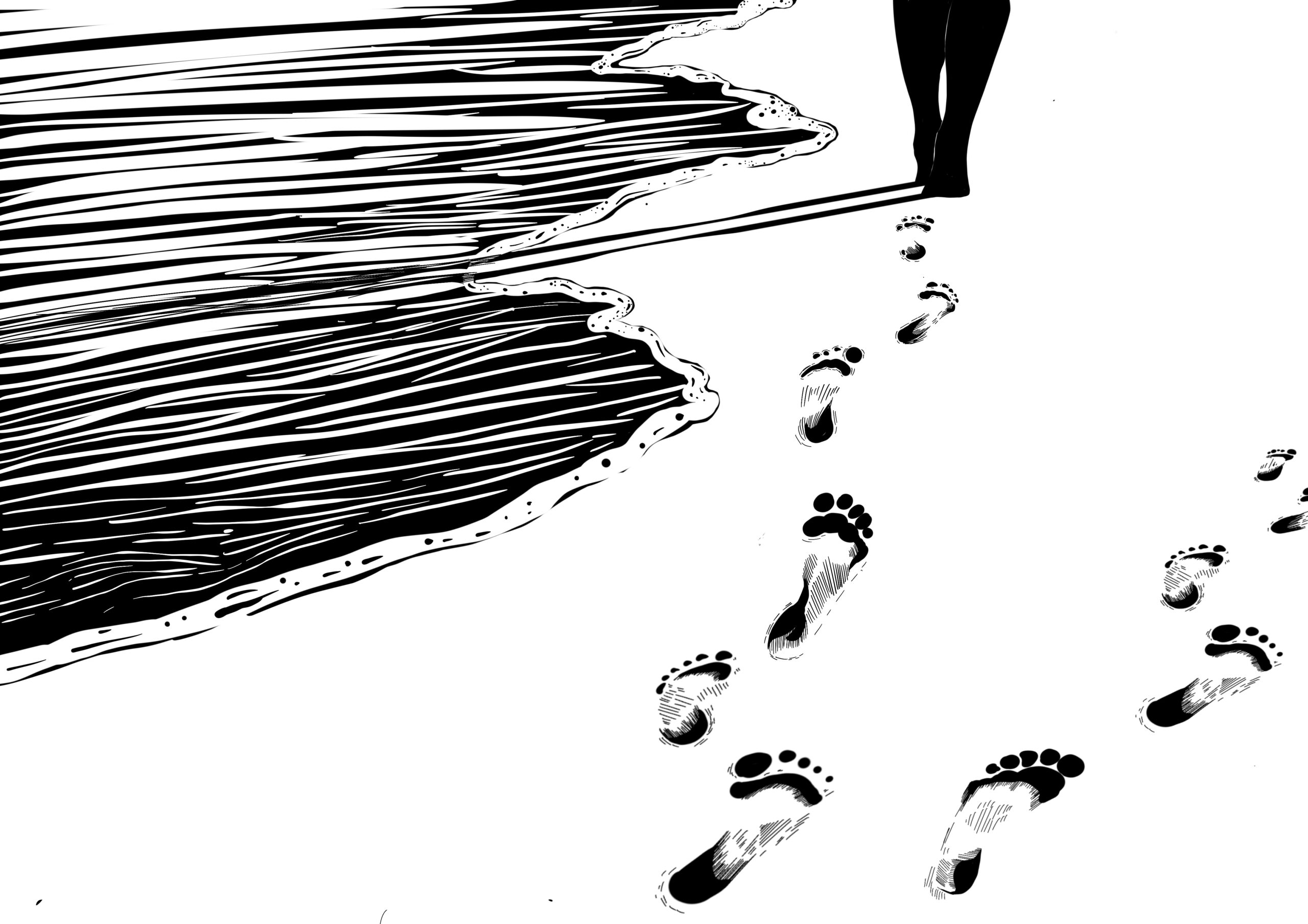
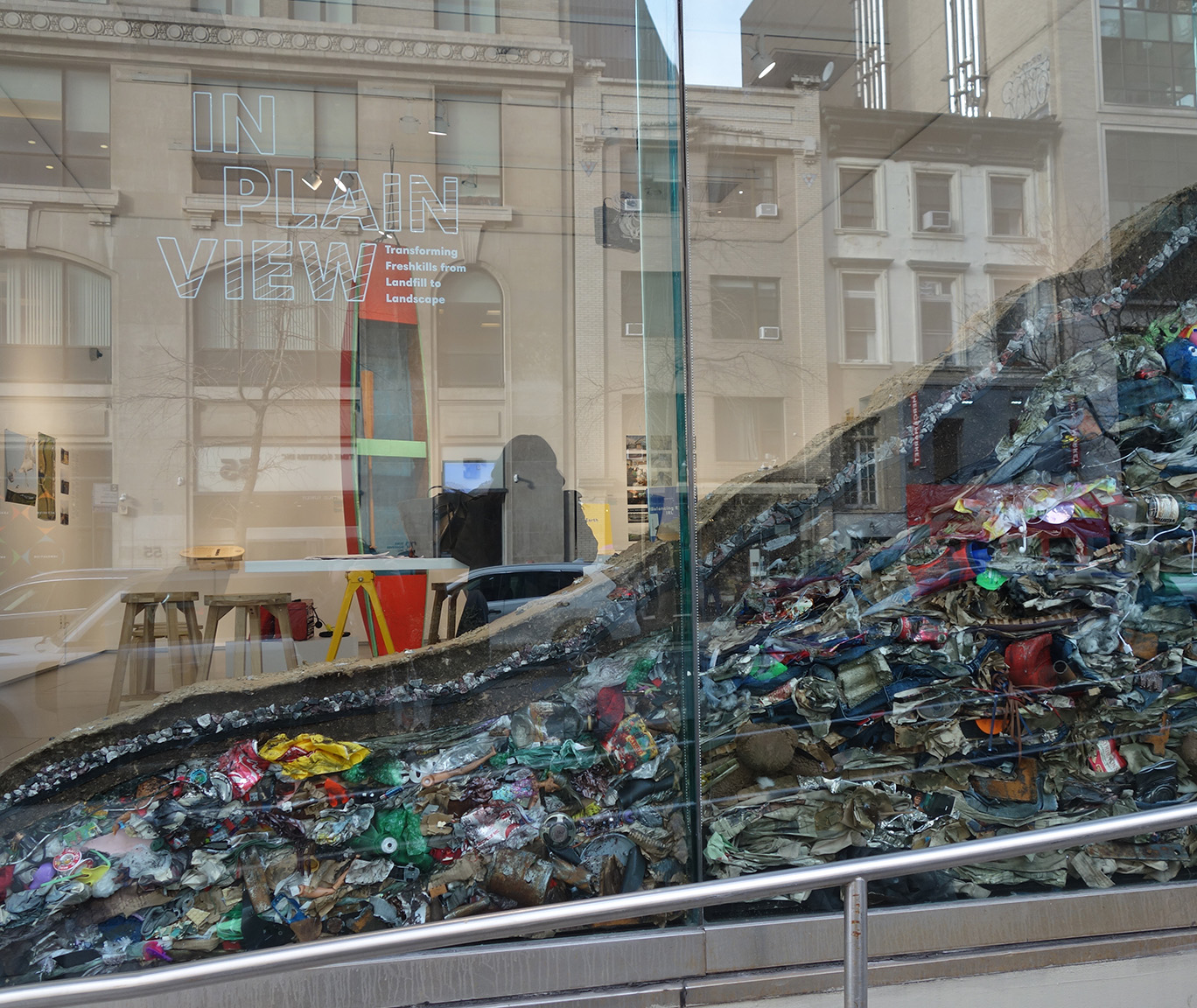
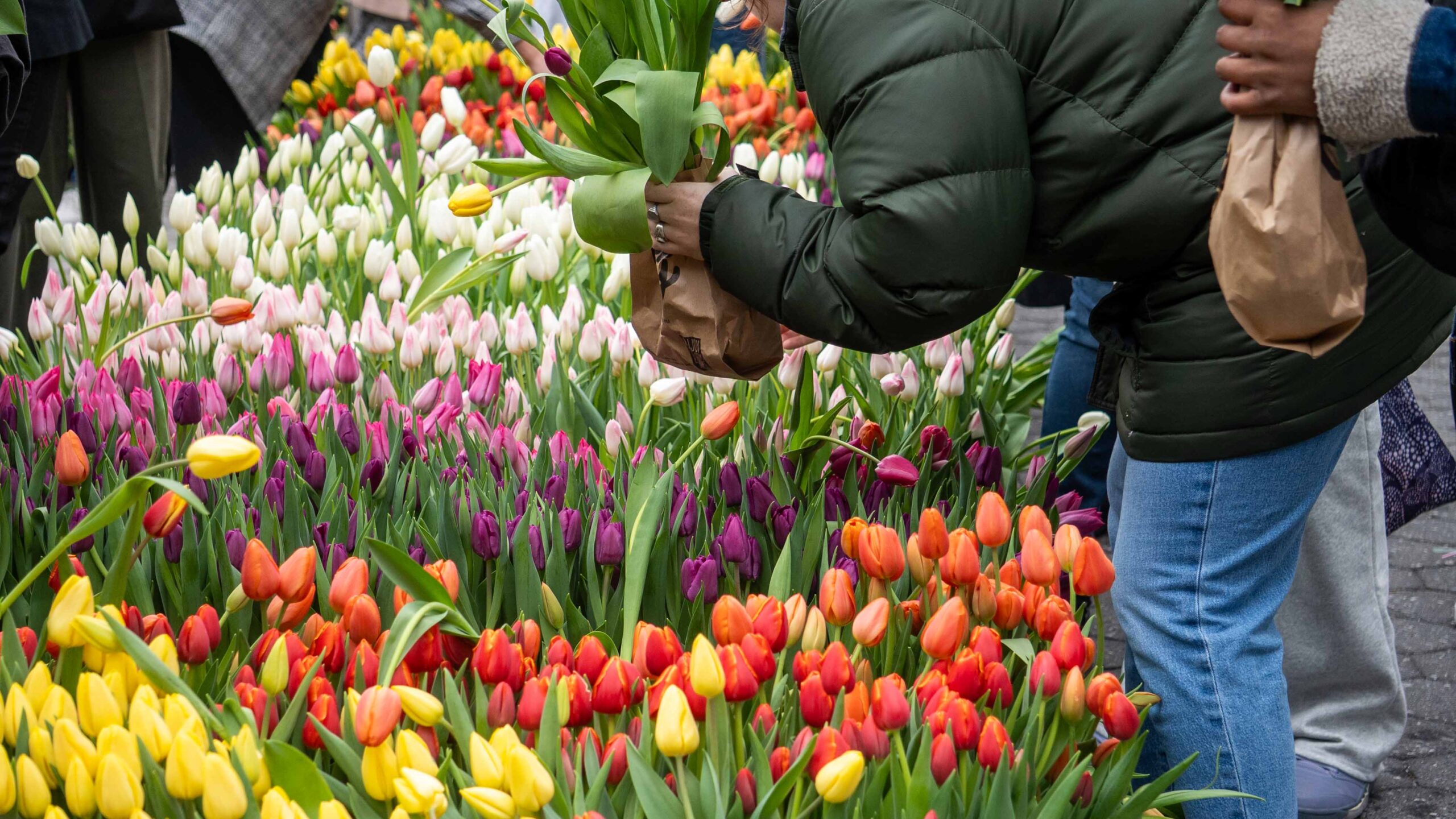
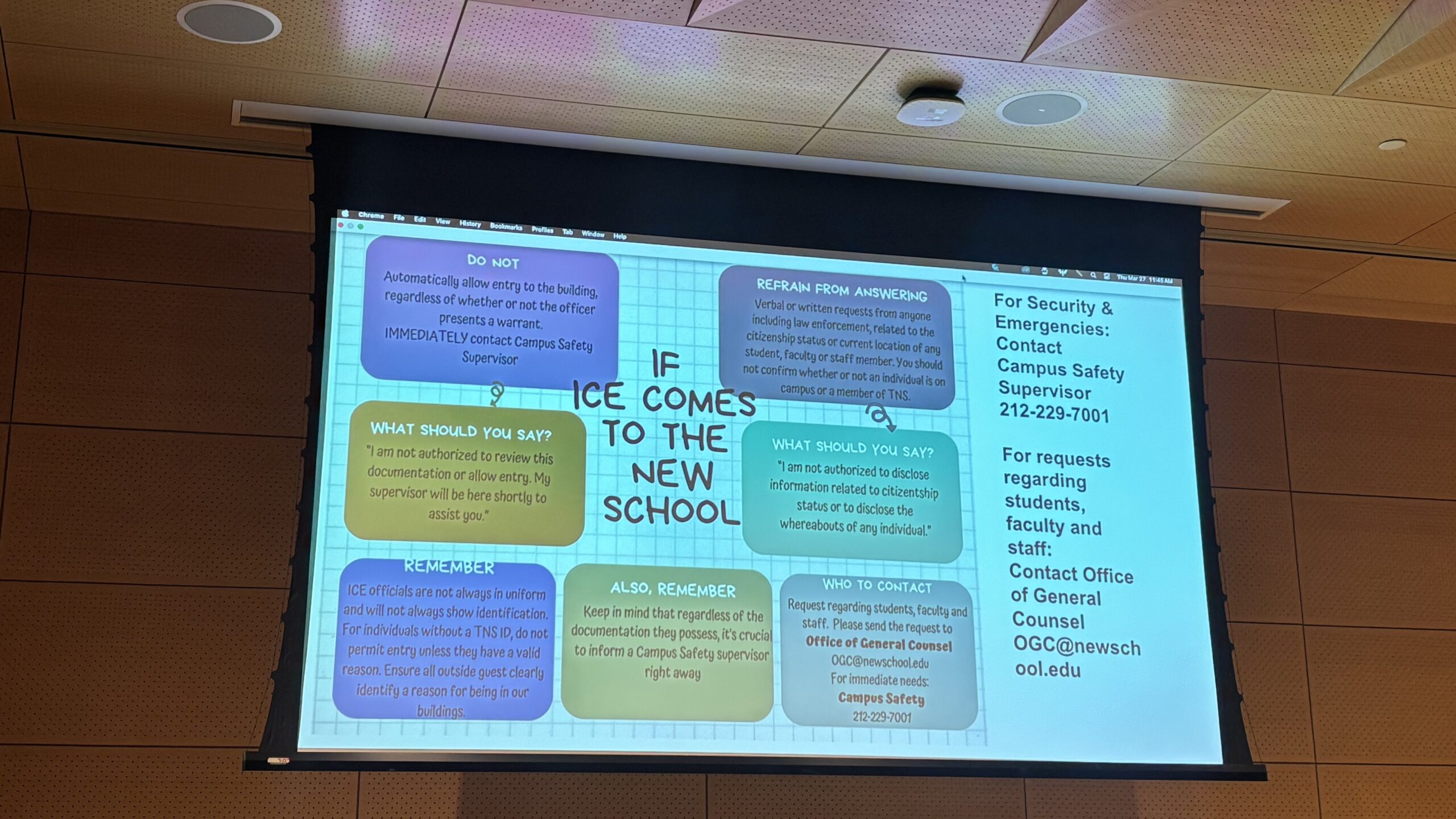
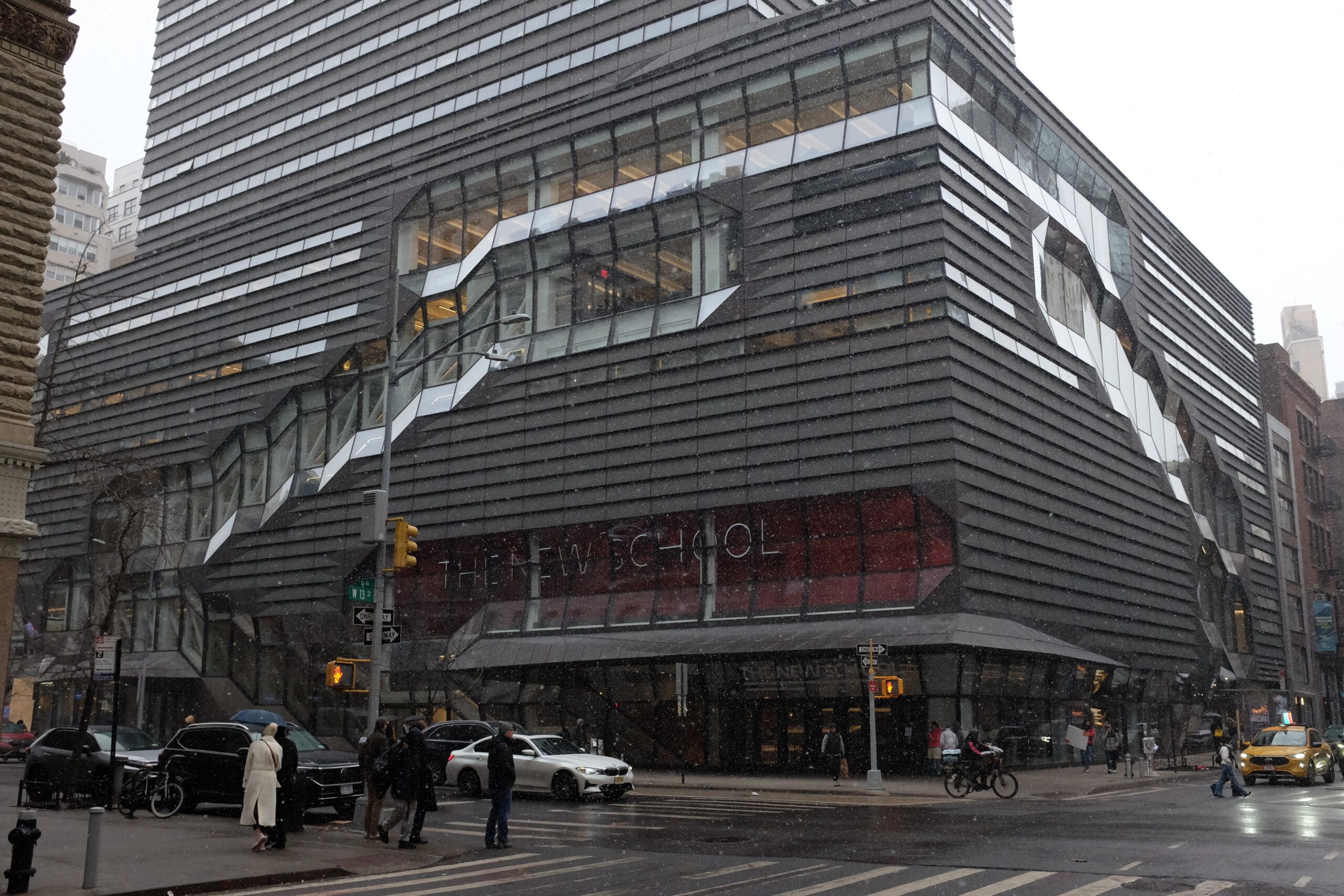
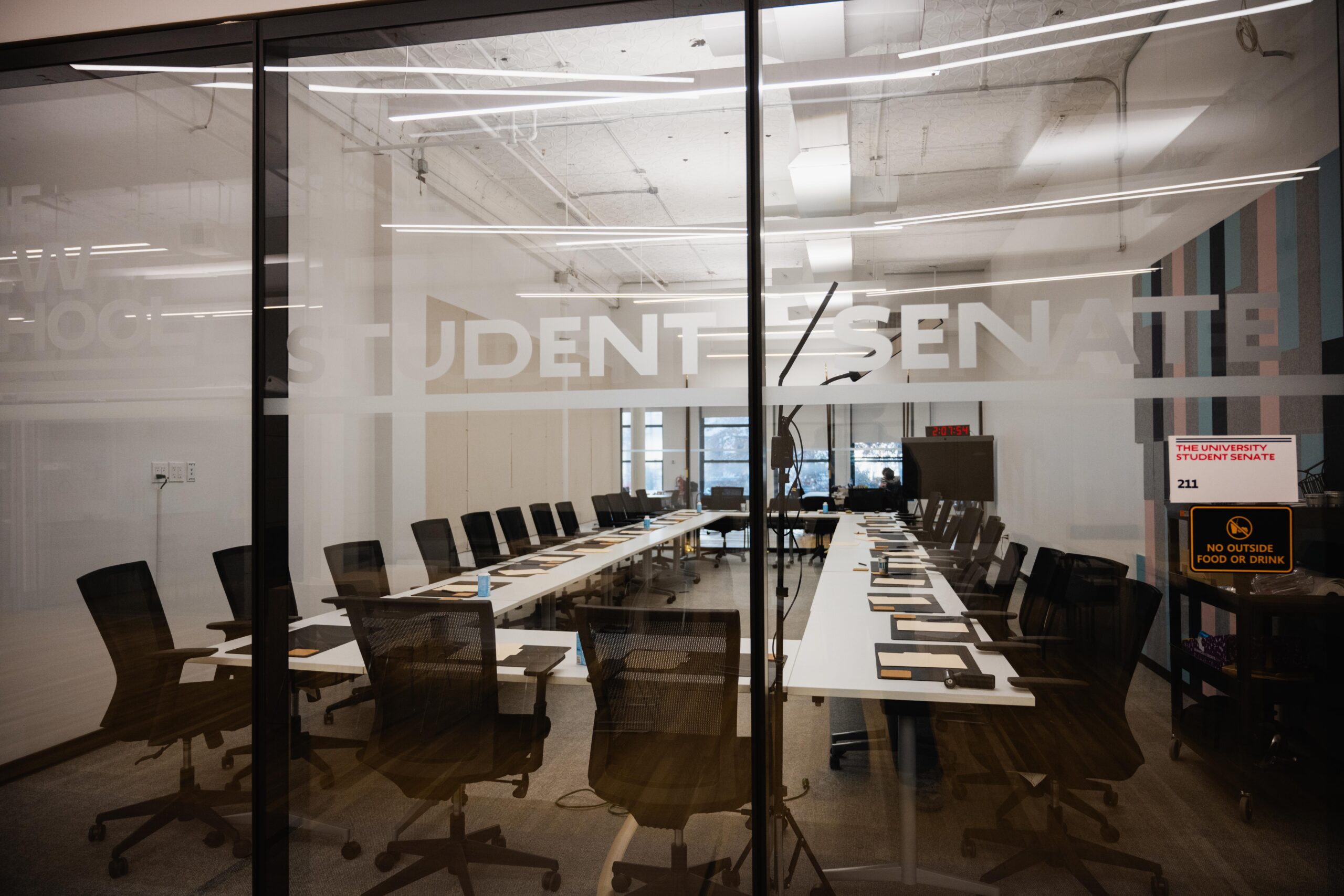
Leave a Reply